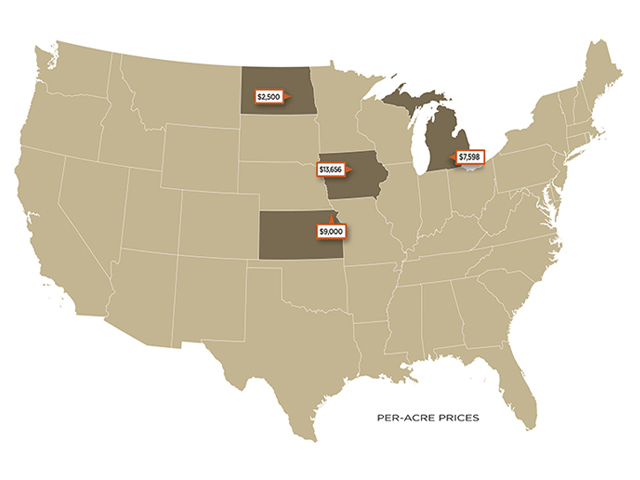Ethanol Blog
High Octane Group Vindicated by EPA Ethanol Assessment
A USDA report this week showing corn ethanol reduces greenhouse gas emissions by 43% compared to gasoline, came with a silver lining for a Washington, D.C., group that has been pressing the U.S. Environmental Protection Agency to update ethanol's GHG record.
The Urban Air Initiative led by a Kansas-based corn-ethanol technology pioneer Dave VanderGriend, has been on the EPA's case to update ethanol's lifecycle assessment because much of that science the agency uses is based on outdated ethanol production data. VanderGriend is the founder of Colwich, Kansas,-based ICM, one of the major builder/designer of ethanol plants across the country.
VanderGriend and others have been pressing for the expanded use of ethanol as an octane enhancer, pointing to potential health improvements that could result from using more ethanol in vehicles.
Even the EPA has acknowledged a lower-carbon future may not happen without corn ethanol and other biofuels to meet the octane demands of higher-compression engines.
For farmers, bringing high-octane fuels from E25 to E40 could create more markets for corn and a wide variety of feedstocks, including those used for producing cellulosic ethanol.
P[L1] D[0x0] M[300x250] OOP[F] ADUNIT[] T[]
EPA, however, has been in no hurry to put policies in place to support high-octane fuels.
During an automobile industry conference in Michigan last summer, Christopher Grundler, EPA's director of the office of transportation and air quality, said a move to high-octane fuels may not happen until after 2025 when new emissions and fuel-economy standards take effect. Auto manufacturers are required to meet corporate average fuel economy, or CAFE standards, to improve fuel efficiency in cars and light trucks.
VanderGriend said in a statement to DTN the USDA report "adds to the growing body of evidence that the models used by the U.S. EPA are woefully outdated and have led to regulations that are stopping ethanol from being able to expand and compete in the market place."
Last year, UAI submitted a request for correction of information to EPA and a report for the EPA inspector general to convince the agency to update the science on ethanol. That has not been done since 2010.
In December 2016, EPA refused the UAI-led request saying it had built in improved efficiencies in the calculations. The Energy Future Coalition, the Governors' Biofuel Coalition, the Clean Fuels Development Coalition, the Nebraska Ethanol Board, the 25x'25 Alliance, and the Nebraska Ethanol Industry Coalition all signed on to UAI's comments and requests for correction.
The USDA report examined real world data and found farmers are producing corn more efficiently and using conservation practices that reduce greenhouse gas emissions through reduced tillage, cover crops, and improved nitrogen management. Combined with significant increase in corn yield per acre and better efficiencies at the ethanol plant, the carbon footprint is much more positive than many previous studies.
"Carbon reduction will remain an important parameter for our fuels," VanderGriend said.
"Whether it is meeting the low-carbon fuel standards in California, Canada, or China, we want to be able to compete in those markets and this new report should help in that regard."
Todd Neeley can be reached at todd.neeley@dtn.com
Follow me on Twitter @toddneeleyDTN
(TN)
© Copyright 2017 DTN/The Progressive Farmer. All rights reserved.




Comments
To comment, please Log In or Join our Community .